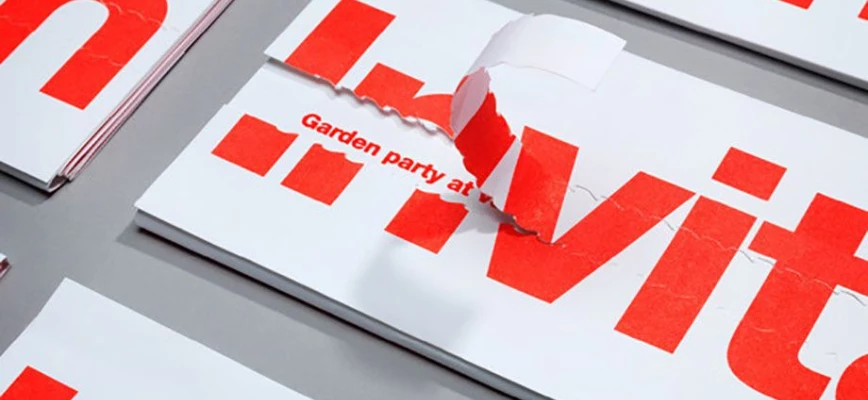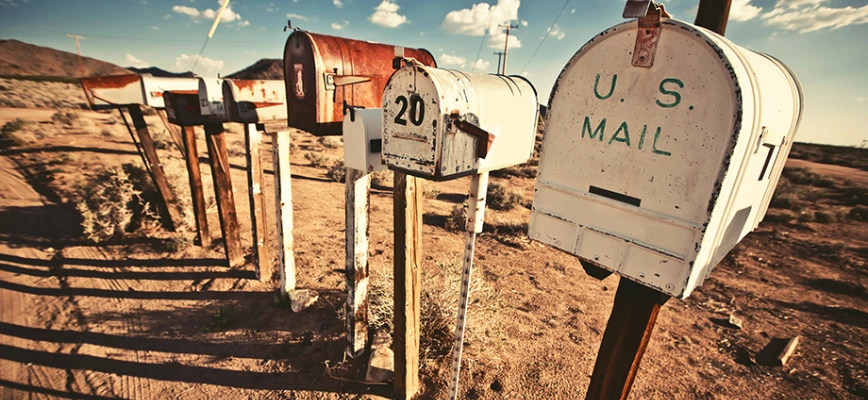01/01/2023
by Dimitri Van Gaever
Digital book printing
Streamlining supply chains and cutting costs is on top of the priority list of just about any industry, and the publishing sector is no exception. As the book printing market transitions to shorter runs, traditional printing, warehousing and distribution models are being questioned and transformed. A leading trend, digital book printing (including both inkjet and toner applications) has been steadily gaining volume share from offset printing.
Moving from offset to digital book printing
Having analyzed the growth of digital printing in terms of titles in the last few years, Smithers Pira predicts 13.7 percent of all titles will be printed digitally by 2020, representing 47.8 percent of the market's value. In terms of revenue, the consulting firm is confident that digitally printed books will represent nearly half of publishers’ overall revenue, as digital printing allows publishers to take the pulse of the market and adjust their strategy to changing demands, which means nearly all digitally printed books get sold.
Book printing on demand
Traditional offset printing implies that publishers have to order thousands of copies at once if they want to drive down the cost per unit. What’s more, it’s a printing model that leaves publishers guessing how a title might perform, and hence take on the risk of ending up with piles of unsold copies sitting in the warehouse for years. With the book printing market transitioning to shorter runs, it is not surprising that more and more book publishers are turning to print on demand (POD).
Print on demand is a digital printing technology that only prints the exact number of books ordered. While not cost-efficient for handling bulk orders, print on demand is perfectly capable of printing as little as one book and still make it profitable for the publisher. The lower the print units, the more affordable digital toner becomes.
POD is a publisher’s ideal means not only to address inventory problems and the increasing demand for short runs, but also to distribute books much faster, and even develop new revenue streams.
Selling books with zero inventory
Publishers who print on demand no longer need to forecast demand, nor require warehouses to overstock on books in a bid to drive down the price per unit. Thanks to digital printing, the zero inventory model becomes a reality. What’s more, some industry experts even forecast POD to gain widespread use in the industry for large orders as soon as 2020, as digital continues to evolve at a rapid pace.
Capitalizing on current events
POD also unlocks opportunities to reprint discontinued titles that have a small following of fans, and to capitalize on current events, e.g. an author passing away, as quickly as possible and then move to offset as orders peak.
Distribute-and-print
Millennials know what they want, and they want it yesterday. Contrary to offset printing, which means it can take as long as a month for a title to get shipped abroad, POD enables publishers to adopt a decentralized printing model: a book gets ordered, the book file is sent to a printing partner located where the demand occurs, the book gets printed immediately and is then sent straight on to the recipient’s doorstep.
Digital color printing with offset quality
While publishers generally agree that the quality of print on demand is nearly indistinguishable from offset when it comes to self-published works and the average black-and-white book, some argue that if a book has any high-quality color images or photos, POD falls short. However, they fail to acknowledge the significant strides digital color printing technology has made in recent years. Xeikon’s book production suites, for instance, while not yet cost-efficient for books sold in a lower price category, are ideal for printing short runs of high-quality color books in luxury categories including large-format coffee table books.
Thinking about moving to digital book printing?
The past few years saw a significant number of leading European book printers invest in digital printing. As new entry-level digital printing units are starting to enter the market, smaller printers are expected to soon take the leap as well.
Are you, too, considering moving to digital technology? Let’s talk about it! Don’t hesitate to drop us a line.



